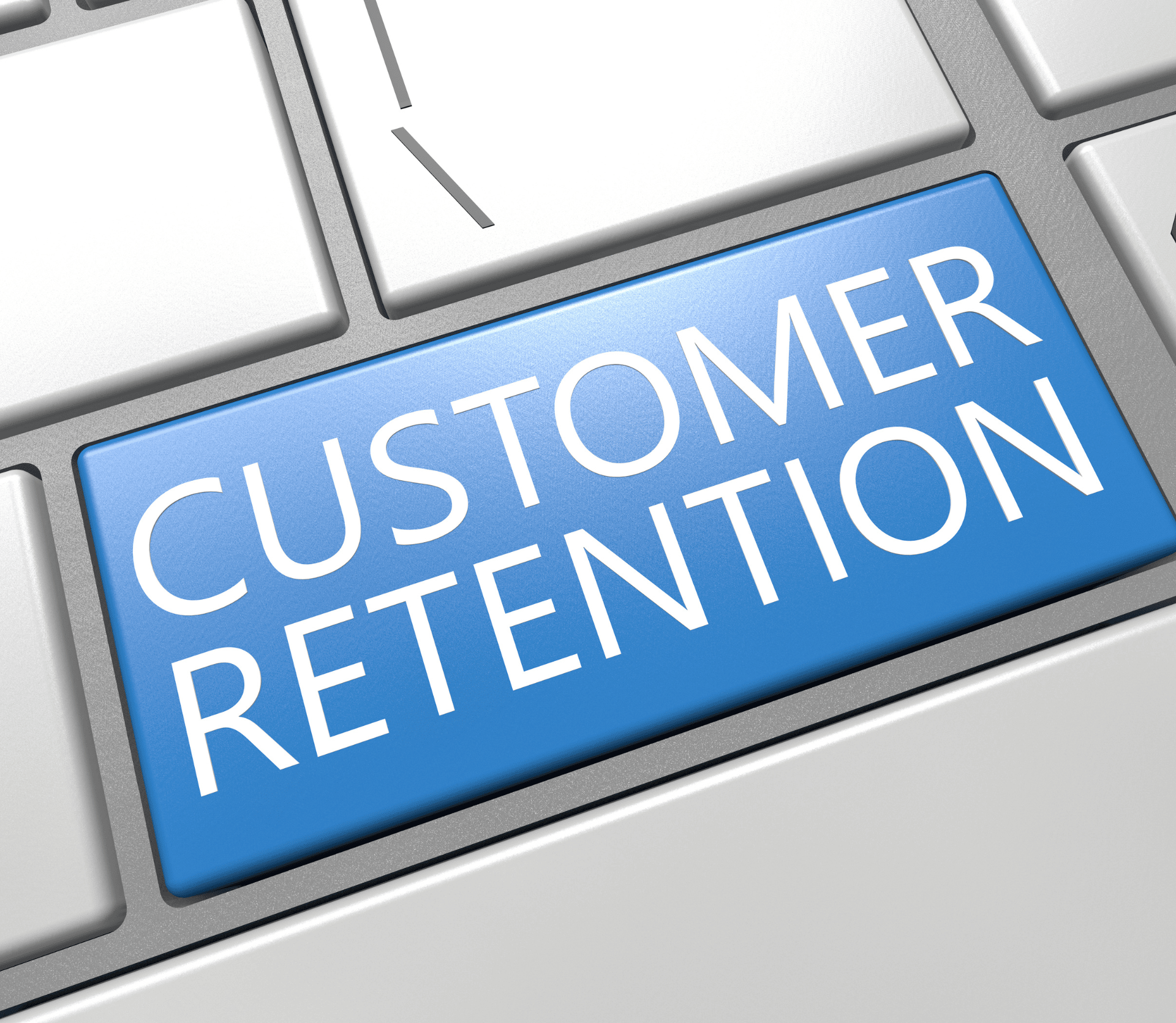
Increased Retention Offsets Slowing Customer Growth
Customer retention and customer churn are core KPIs for every subscription business and acting on your results are more important than ever when the economy is shaky. Actively working to increase your customer retention improves LTV, which leads directly to revenue and profitability growth, but these positives can be severely impacted by churn.
The high cost of subscriber acquisition (often >2.5 months of billing cycles) requires long customer lifecycles for subscribers to earn out their cost of acquisition and become profitable. This means companies need to be proactive in reducing all types of churn.
Unfortunately, many subscription businesses don’t have a deep grasp of their different sources of churn, so they don’t treat their sources as unique challenges that need to be solved. This is a costly error because companies need to understand and manage all sources of customer churn in order to reduce the financial impact on the bottom line.
Understanding the problem
The subscription landscape has changed drastically in a six-month period. The percentage of customers with subscriptions dropped from 31% in October 2021 to 24% in March 2022. These customer losses can be attributed to two forms of churn: voluntary and involuntary. Reducing churn requires understanding the differences between them, measuring them individually, and using effective programs and technology to reduce both types at their sources.
Voluntary churn occurs when customers choose to end their subscription.
Data shows that by March 2022, roughly 46 million consumers voluntarily canceled or paused retail subscriptions over the preceding year. Consumers gave several reasons for this decision, but inflation was a large contributor; over half of consumers who canceled their subscriptions did so to save money.
Involuntary churn occurs when subscription relationships are ended because of issues that prevent recurring payments from being successfully completed.
Failed payments (also known as declined credit card transactions) are the main cause of involuntary churn. According to Visa, seven out of eight failed payments are caused by false declines, which are card authorization decline decisions on legitimate credit cards. On average, 24% of recurring payment requests made by subscription businesses are declined.
It’s vital for subscription businesses to identify voluntary and involuntary churn and measure the percentage of churn caused by each type.
How to increase retention and reduce churn
The goal of any subscription business should be to create great customer experiences that will lead to increased renewals and reduced churn rates. To make this happen, the subscription experience should be less about selling products and more about building long-term customer relationships.
Delivering in-demand subscription offerings is easier if each experience is designed through the eyes of the customer. This goes beyond simply determining the advantages of a product or service — it means fully understanding what customers want and need. Businesses must understand why customers continually trust and subscribe month after month.
In the uncertain economy of 2022, consumers are pausing or canceling their subscription services when the cost outweighs the value. How are customers defining value these days? Convenience, better product pricing, and user experience. Part of the user experience is the payments process, which means subscription businesses need to fix any friction in this process if they want to keep their customers. If a customer feels money is tight, any reason to leave a subscription (like a failed payment) will provide them with an easy out.
Subscription businesses need to fix the source of involuntary churn if they want to keep their customers.
Involuntary churn can be controlled
While higher rates of voluntary churn will continue to be a problem until economic conditions improve, involuntary churn is only indirectly related to the current economy. This is good news because businesses can significantly improve involuntary churn by making strategic technology investments that solve the problem at its source.
A technology category called Payment Authorization Management (PAM) delivers solutions dedicated to improving payment authorization efficiency and reducing failed payments, which immediately and directly reduces involuntary churn.
All subscription businesses should begin by measuring and tracking churn caused by voluntary and involuntary sources. But remember: the total cost of involuntary churn, includes the total LTV of customers lost to involuntary churn. Limiting this calculation to the value of a single month’s transaction when a failed payment occurs will not provide a clear understanding of the issue.
By measuring the total amount of customer losses caused by involuntary sources, businesses can easily justify strategically investing in a payments stack upgrade to solve this problem. The immediate benefits gained by reducing involuntary churn and saving the LTV of customers recovered after a failed payment prove the upgrade makes good business sense. The numbers don’t lie.
PAM best practices
There are three key steps subscription businesses must take when using a PAM solution:
- Begin by calculating historical and ongoing involuntary churn rates, and the percentage of churn caused by failed payments.
- Following the deployment of a PAM solution, measure the lifecycle of customers after recovery. This allows businesses to calculate the true value of a customer recovered by the PAM solution
- Calculate the ROI of the PAM investment by comparing the cost of the solution to the total LTV of customers following recovery.
Using a PAM solution directly reduces involuntary churn and improves revenue and growth. FlexPay customers have seen up to a 70% recovery rate of failed payments.
It’s time to act
With rising inflation and higher day-to-day costs, many consumers are facing financial hardship and are cutting their subscriptions to reduce spending. The payments experience plays a critical part in customer experience and whether or not a customer keeps their subscription. Customers expect a smooth payment process with no friction. But this doesn’t happen if their payment fails. With the current economic uncertainty, it’s more important than ever to upgrade payments tech stack with a PAM solution that will both improve retention and create a positive customer experience.





